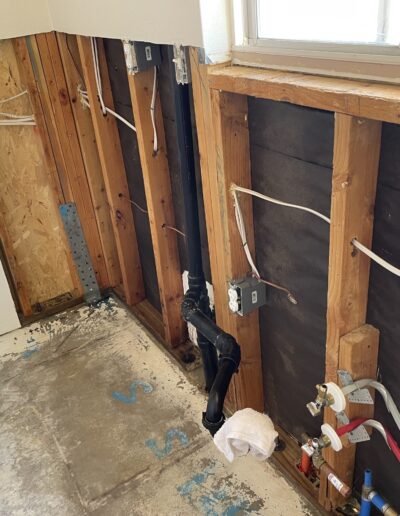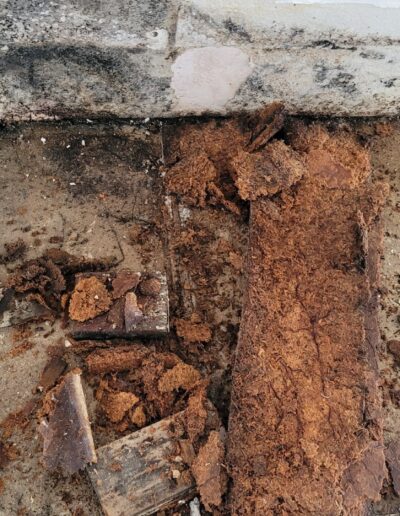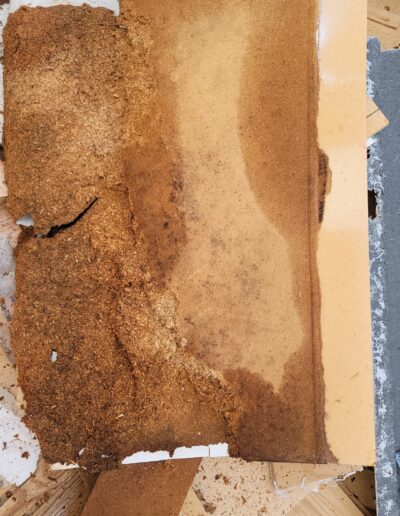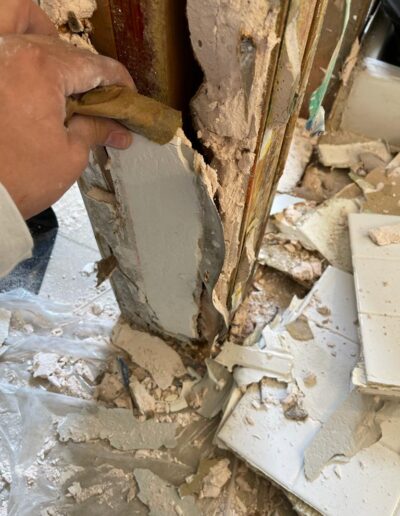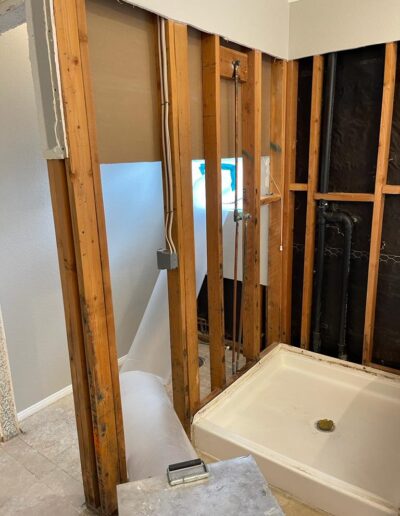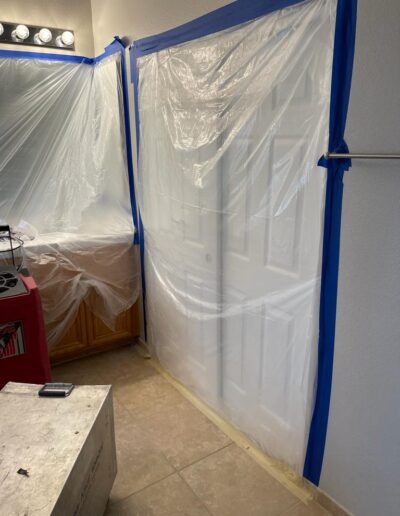Water Restoration
Water Damage Restoration Specialists
Water Damage Professionals is a leading expert in water damage restoration in Las Vegas. Whether you’re dealing with the after-effects of a water leak, heavy seasonal rains, or a broken pipe, give us a call. We have a consultant ready to dispatch an assessment team to your location.
We handle every part of the process, from assessing your home to dealing with the insurance company when processing your claim. We aim to make the process as painless and hassle-free as possible.
Water damage to the interior of a building, whether it be home or business, can cause serious problems, and they will continue to escalate the longer materials, or personal possessions are allowed to remain wet. Wood warps, drywall crumbles, metal rusts, and carpet delaminates.
The longer these materials are allowed to remain wet, the more extensive the damage will be. In addition, the mold and mildew will begin to grow, causing even more damage and posing serious health risks.
Having to deal with water intrusion at a property you own, manage or reside in will always be very stressful. Water Damage Professionals is here to help ease the burden.
Water Removal & Mold Remediation
If you have found mold growth in your home or business for the first time, you might be very concerned for your health if you have heard of all the issues that can come from Toxic Black Mold exposure. As a restoration company, we take pride not only in performing mold remediation but also in educating people on the truths about mold.
Mold inspections can either be performed directly by a restoration company or through a third-party mold inspector.
Mold Testing
If you are doing your research on indoor mold growth, you have likely come across some information on mold testing. These tests can be performed by a mold inspector, before a job is started to:
- Determine if a problem exist
- Find a source of an issue
- See what areas are
Tests are also taken at the end of mold remediation to confirm a job has been completed correctly. This is typically called clearance testing a Post Remediation Verification Testing.
Here is a brief overview on how mold testing is performed and what it accomplishes.
Air Samples: These mold tests are taken with a vacuum pump and a spore trap. The spore trap is basically a plastic cassette with a lab slide that has adhesive on it. The vacuum pump sucks air into the spore trap, and any mold spores in the air stick to the slide. These cassettes are sent in to a third-party laboratory, preferably one that is AIHA accredited, where they are opened and analyzed. The standard procedure is that an outside control sample is taken and compared to various inside air samples to see if abnormal or “elevated” conditions exist.
Surface Samples: Direct samples can be taken with a swab or tape lift when visible mold is present. This is helpful to the inspector because not all mold, including Stachybotrys, is easily airborne. It is very possible to have visible mold and not have an airborne mold problem, especially in water damage related mold growth that has recently started to colonize. These samples are used as proof for the inspector to make the correct recommendations and useful to help determine if the species is surface mold or deep rooted into a material.
The mold inspector will then take these lab results and make recommendations off of them along with what they saw on the visual inspection. Ultimately the inspector is performing mold tests to determine if:
- There is a mold problem or not
- What or where the source is
- How far has the problem spread
- What needs to be done in order to fix the issue.

